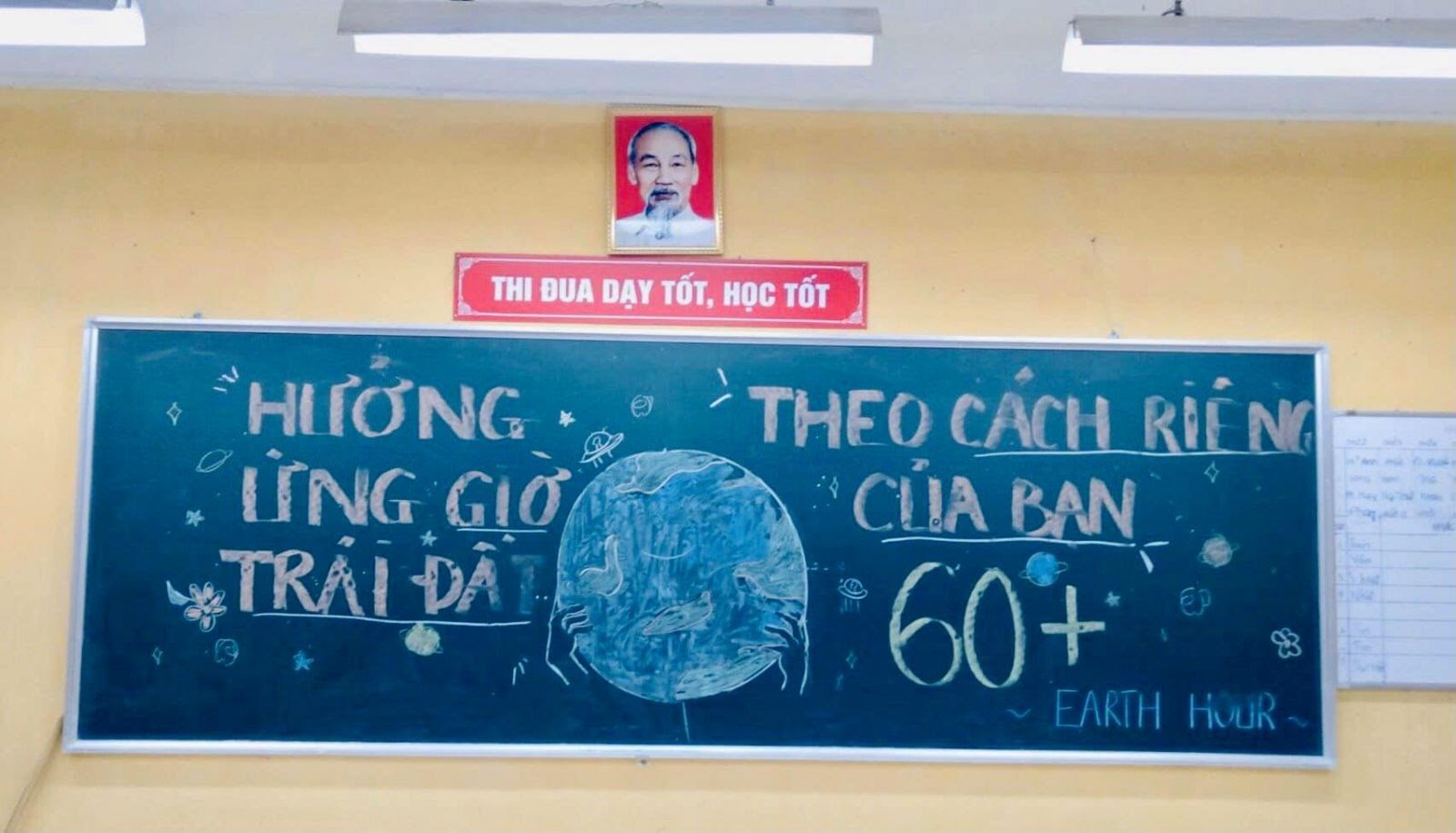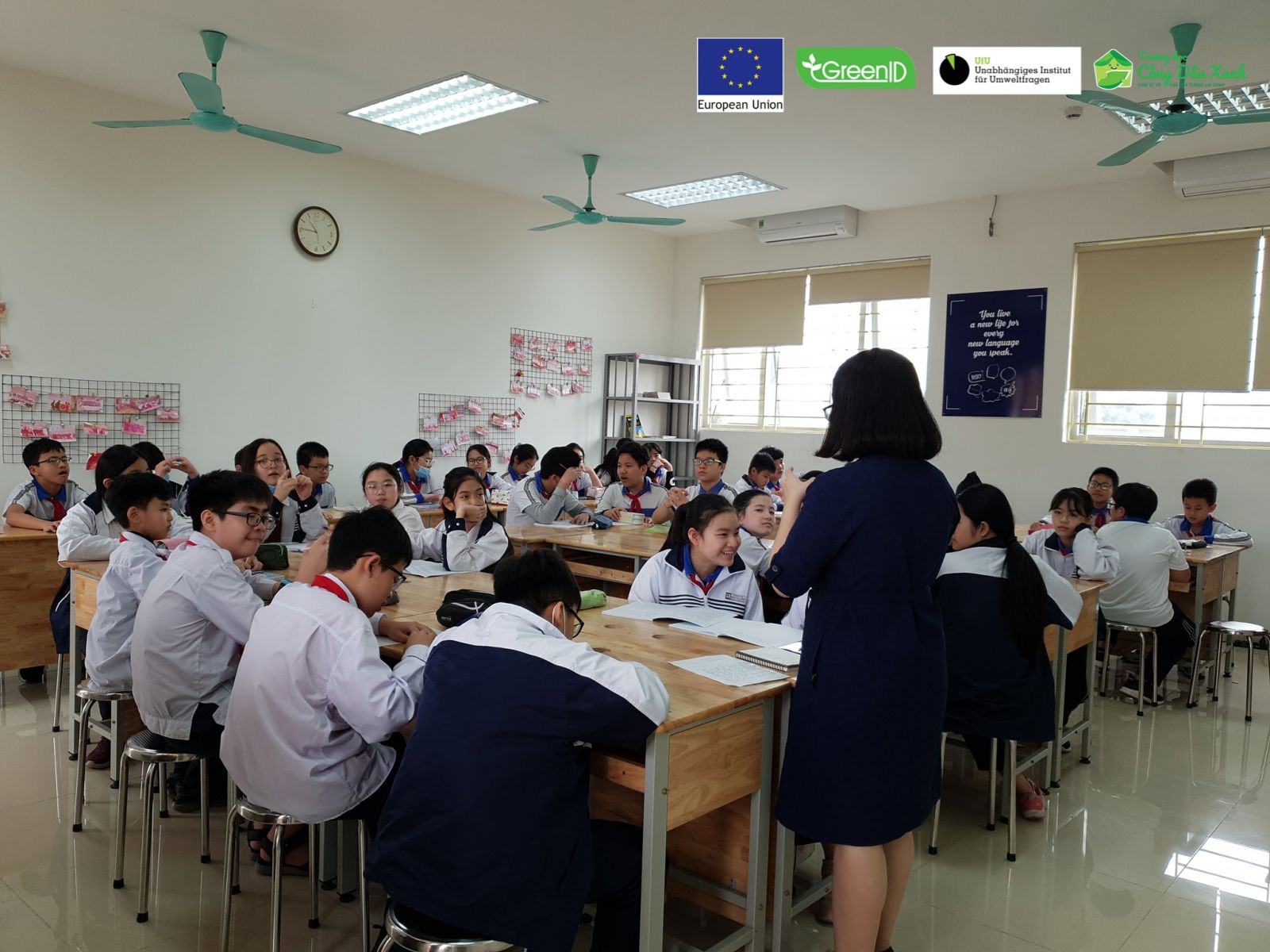
The United Nations Children’s Fund (UNICEF) issued a warning about the harmful consequences caused by air pollution. In Asia, about 1.22 billion children inhale an alarming amount of toxicants.
According to the UNICEF-report from October 2016 approximately 300 million children breath extremely toxic air day by day. Nearly one in seven children breathe air with toxic pollution exceeding international limits by at least six times. This very high pollution in the air increases the risk of respiratory diseases and harms the healthy development of children’s brains. As stated in the report “The impact is commensurately shocking. Every year, nearly 600,000 children under the age of five die from diseases caused or exacerbated by the effects of indoor and outdoor air pollution “. Approximately 2 billion children are living in areas where pollution exceeds guidelines set by the World Health Organization (WHO).
Especially for children, the harming effect of the polluted air is very dangerous. They breathe twice as fast, taking in more air per unit of body weight, compared to adults. “Pollutants don't only harm children's developing lungs, they can actually cross the blood-brain barrier and permanently damage their developing brains, and, thus, their futures. No society can afford to ignore air pollution”, UNICEF Executive Director Anthony Lake said. To show the global scope of the air pollution problem, the air pollution report uses satellite imagery, the first analysis of its kind. The outdoor air pollution is most common in low-income, urban areas in South and East Asia as well as Africa and is caused by vehicle emissions, heavy use of fossil fuels, dust and burning of waste, the report said.
According to the report, about 1.22 billion children are forced to inhale air with toxic pollution, exceeding international limits. One billion live in areas where the air pollution exceeds 2 times the limit and 300 million children live in areas exceeding 6 times the limits. It is important to consider that there is outdoor but also indoor air pollution. Vietnam’s outdoor air quality is projected to worsen due to the increase of individual transport, building activities, and economic growth while poor enforcement of air quality control measurements and low environmental standards. Coal-fired power plants will become one of the major sources of air pollution in the future caused by massive extensions on fossil fuel-based generation capacity as defined in revised Power Development Plan 7 presented by the Ministry of Industry and Trade in March 2016. Furthermore, indoor air pollution is a big problem, primarily in lower-income areas where people use solid fuels like coal and wood for cooking and heating.
The Vietnamese daily limit (50 μg/m3) and target values for particulate matter (PM) with a diameter of 2.5 µm or less (PM2.5) continued to be exceeded on 72 days in the first half of 2016 in Hanoi. The stricter WHO AQG daily limit value for PM 2.5 was exceeded on 158 days. On an hourly basis, the limits were exceeded for 1,658 hours following Vietnam reference value and for 3,665 hours regarding WHO AQG. For more information about Air Quality in Hanoi and HCMC download GreenID’s Air quality report.
Author: Markus Semrau

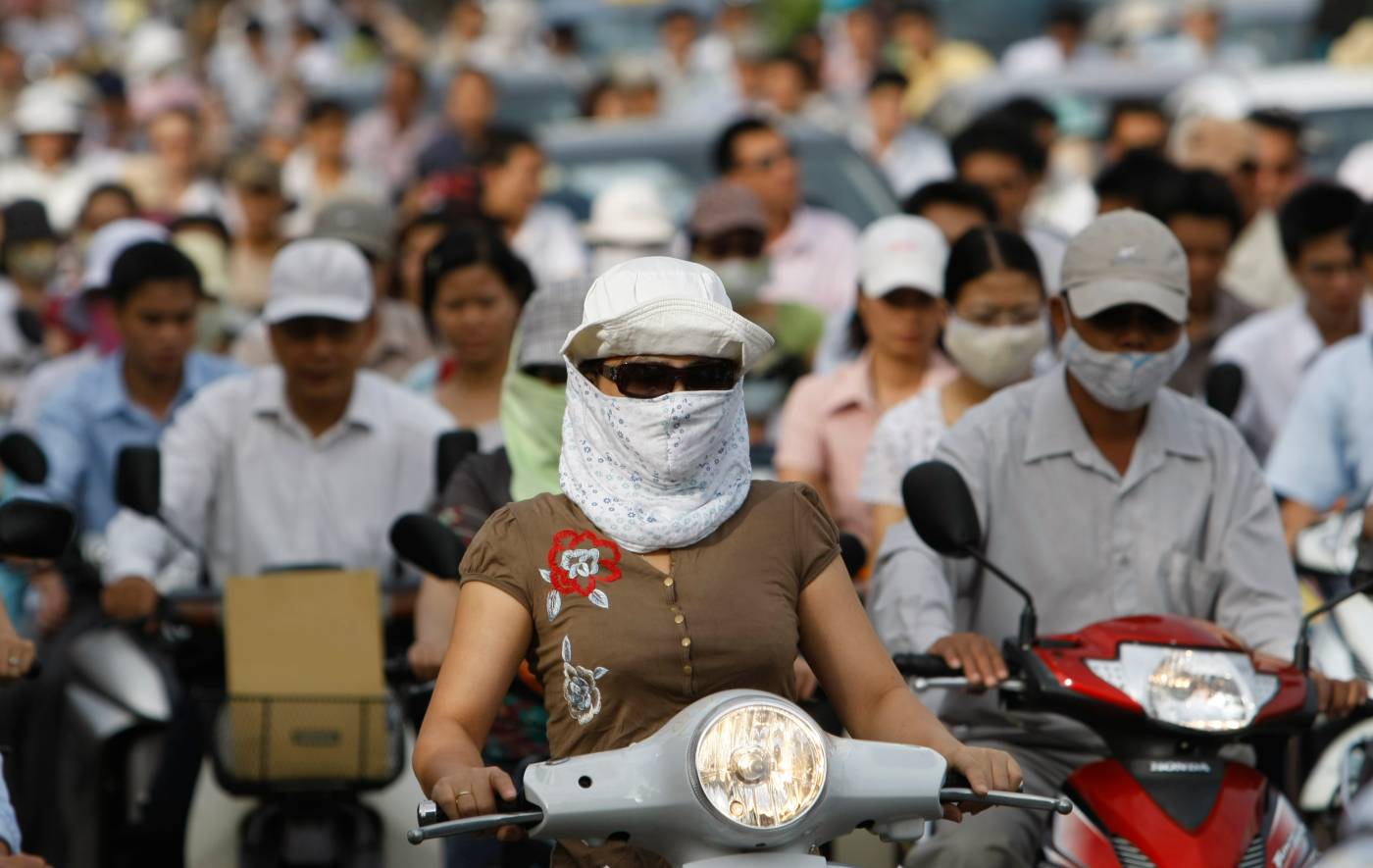

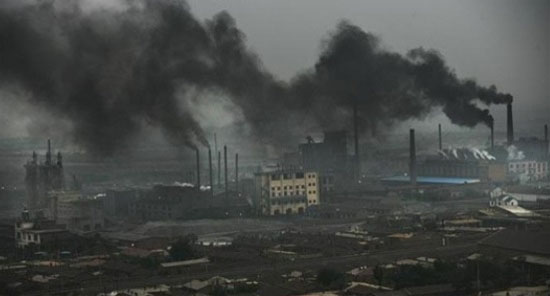
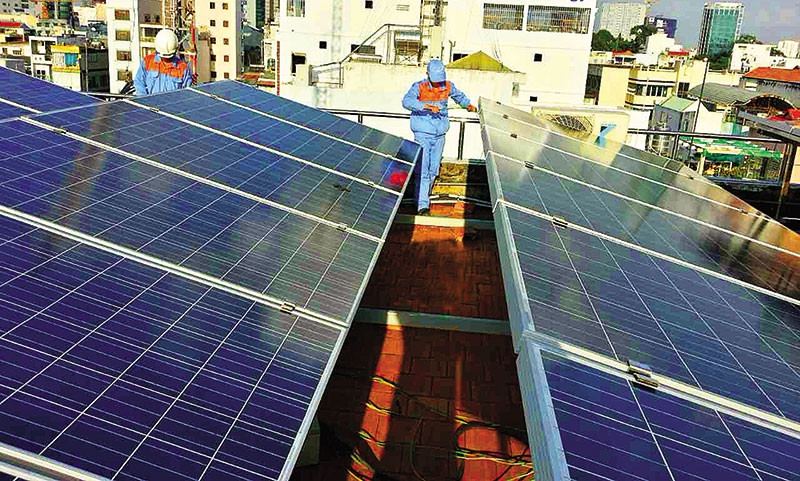
.png)
